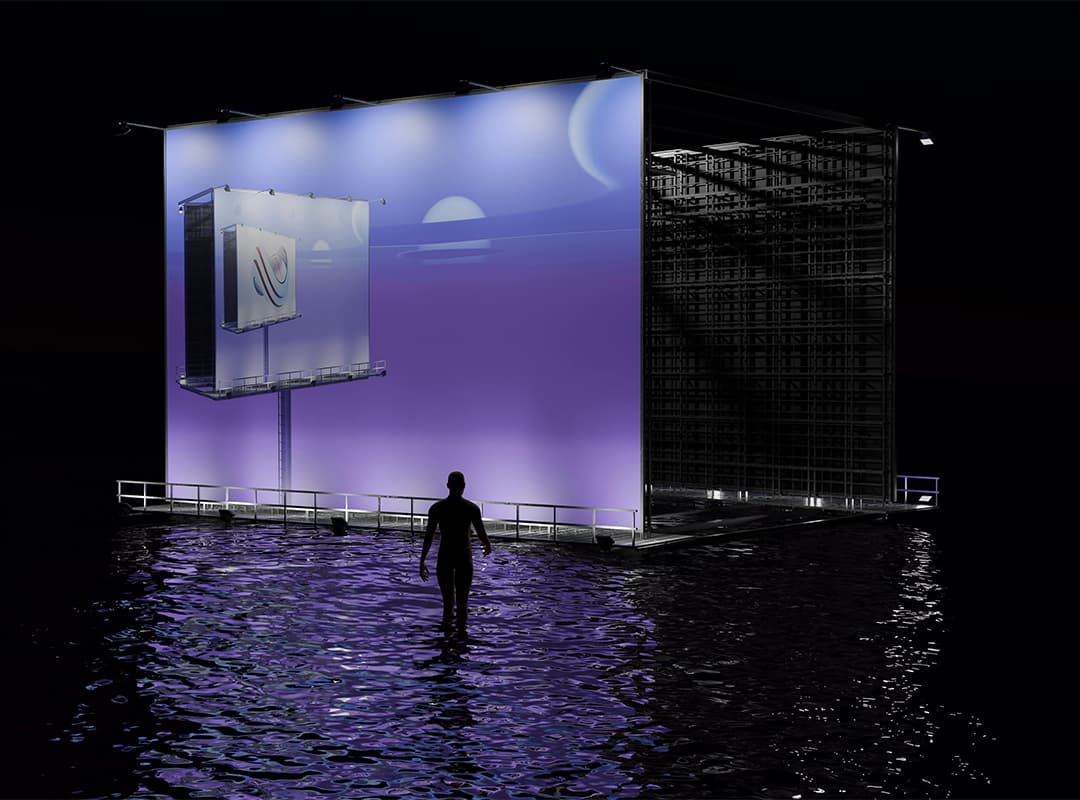In today’s digital landscape, 3D viewers have become essential tools for various industries, from real estate and architecture to entertainment and education. They allow users to explore three-dimensional spaces and visualize complex data in an interactive manner. However, to fully leverage the potential of 3D viewing technology, it’s important to ensure optimal performance. This article discusses key strategies to maximize the efficiency and effectiveness of your 3D viewer, including considerations for both hardware and software setups, as well as practical tips for enhancing your experience. Additionally, we’ll explore the captivating experience of a virtual tour Colosseum, which showcases the benefits of high-performance 3D visualization.
1. Choose the Right Hardware
The performance of your 3D viewer is heavily dependent on your hardware specifications. To ensure a smooth experience, consider the following hardware components:
- Graphics Card: A powerful graphics card is crucial for rendering 3D images efficiently. Look for models that support advanced graphics technologies and have ample video memory (VRAM). This is especially important for applications that involve complex textures and lighting effects.
- Processor: A multi-core processor can significantly improve the performance of your 3D viewer, particularly when handling high-resolution models or animations. Ensure that your CPU can handle the demands of the software you are using.
- RAM: Having sufficient RAM is essential for multitasking and managing large datasets. Aim for at least 16GB of RAM for optimal performance, particularly when working with detailed 3D scenes.
2. Optimize Your Software Settings
Most 3D viewing software provides a range of settings that can be adjusted to improve performance. Consider these tips:
- Adjust Rendering Quality: Many 3D viewers allow you to toggle rendering settings. Reducing the quality of textures and shadows can lead to smoother performance, especially on lower-end systems. Find a balance between visual fidelity and performance based on your needs.
- Close Unnecessary Applications: Before launching your 3D viewer, close any background applications that are not needed. This can free up system resources and enhance the responsiveness of your viewer.
- Update Software and Drivers: Keeping your 3D viewing software and graphics drivers up to date ensures that you have access to the latest performance improvements and bug fixes. Regular updates can help your software run more smoothly and efficiently.
3. Manage 3D Model Complexity
The complexity of the 3D models you are using can significantly affect performance. Here are some strategies to manage complexity:
- Simplify Models: If possible, use simplified versions of your models when viewing in 3D. High polygon counts can slow down rendering speeds, so consider reducing detail where it’s not necessary for the current view or interaction.
- Use Level of Detail (LOD): Implementing LOD techniques can optimize performance by loading different resolutions of the model based on the viewer’s distance. For instance, more detail can be displayed when the viewer is close to the model, while lower-detail versions can be used when the model is further away.
4. Utilize Efficient Loading Techniques
How you load and display 3D content can greatly impact performance. Consider the following:
- Streaming Content: For large 3D environments, consider using streaming techniques that load parts of the model as needed. This can prevent delays and reduce the initial load time.
- Preload Essential Assets: If your 3D viewer supports it, preload critical assets such as textures and models before interacting with the scene. This can help ensure that everything is ready for a seamless experience.
5. Explore Virtual Tours
A great example of how optimized 3D viewing can enhance user experience is the virtual tour of the Colosseum. This immersive experience allows users to explore one of the world’s most iconic structures in a detailed 3D environment. By employing advanced rendering techniques and efficient loading strategies, visitors can navigate through the ancient arena without the limitations of physical boundaries. Optimized 3D viewers enable users to appreciate the intricate details of the Colosseum’s architecture, providing an educational and captivating experience.
Maximizing performance while working with a 3D viewer involves a combination of selecting the right hardware, optimizing software settings, managing model complexity, and utilizing efficient loading techniques. By following these strategies, users can ensure a smooth and enjoyable experience when exploring 3D environments. The example of the virtual tour of the Colosseum illustrates the potential of high-performance 3D visualization to create engaging and educational experiences, showcasing the importance of effective performance management in the realm of 3D viewing. Embracing these practices will not only enhance individual projects but also elevate the overall quality of 3D presentations in various fields.
